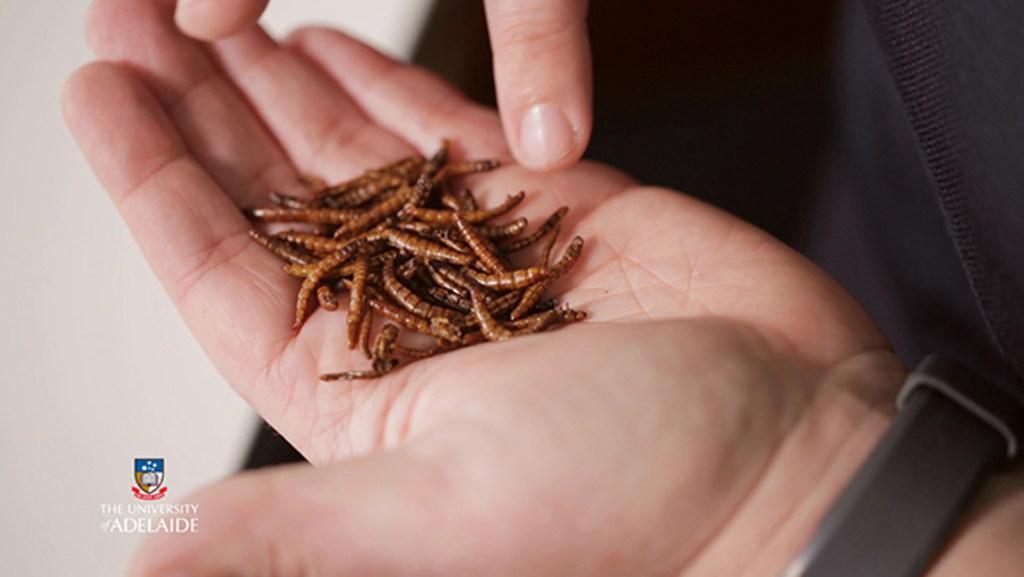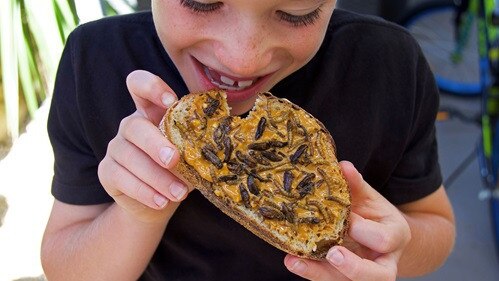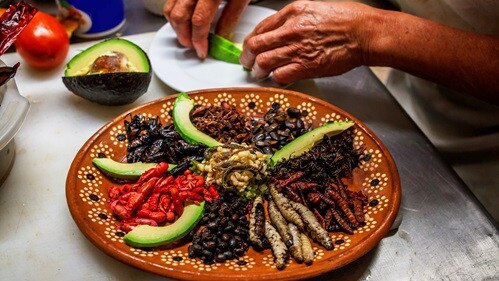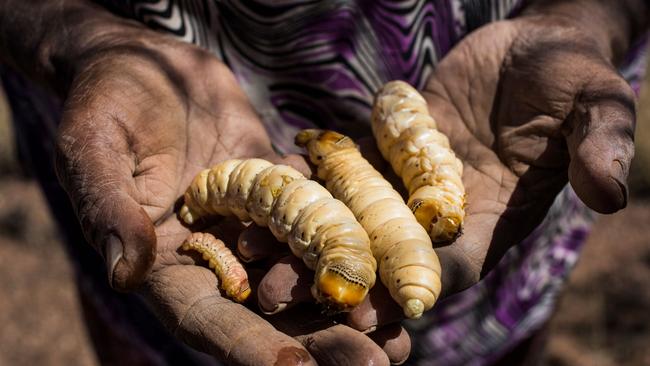Australia poised to cash in on insect-based food boom
Insects could soon be on Australian dinner plates, with a landmark plan to grow the nation’s protein industry by $10 billion in five years pointing towards creepy-crawlies.

NSW
Don't miss out on the headlines from NSW. Followed categories will be added to My News.
Insects could soon be on Australian dinner plates, with a landmark plan to grow the nation’s protein industry by $10 billion in five years pointing towards creepy-crawlies.
Bugs like witchetty grubs, bogong moths and green tree ants could soon be produced in Australia on an industrial scale for human consumption, according to a road map published by the CSIRO and DFAT.
The road map, which was developed by the CSIRO during research into protein sources other than animal meat, outlines how Australia could become a world leader in the emerging edible insect industry, which is expected to be worth $1.4 billion AUD by 2023.

CSIRO Future Protein Lead Professor Michelle Colgrave said producing edible insects on an industrial scale could help Australia reach the government’s goal of $100 billion worth of farmgate output by 2030, ensuring food security.
She said as well as ensuring food security, edible insects could be a lucrative export opportunity.
“With the global population set to reach 9.7 billion by 2050, we will need to meet this demand for sustainable protein production by exploring diversified sources,” Professor Colgrave said.

“Alternative protein industries can play an important role in Australia, contributing to regional and national prosperity.”
About 2 billion people across 130 countries eat more than 2,100 different insect species, including 60 native Australian varieties traditionally eaten by Aboriginal and Torres Strait Islanders.
CSIRO researcher and report co-author, Dr Rocio Ponce Reyes said bugs could prove a healthy addition to Australian diets.

“Insects have high-value nutritional profiles, and are rich in protein, omega-3 fatty acids, iron, zinc, folic acid and vitamins B12, C and E,” Dr Ponce Reyes said.
“They are also complementary to our existing diets because they are a healthy, environmentally friendly, and a rich source of alternative proteins.”
The insect industry road map also outlines plans and challenges including creating new food products containing insects, farming innovation ideas as well as assessing consumer appetite for bugs.

CSIRO entomologist and report co-author Dr Bryan Lessard said farming insects could also be a climate-friendly option to produce protein.
“Australia has a high diversity of native insects … many species have the potential to be sustainably harvested or grown in low impact farms, to be turned into new and delicious Australian foods for us and our pets,” Dr Lessard said.
“Commercial insect farming is considered to have a low environmental footprint, requiring minimal feed, water, energy, and land resources – factors of importance to the modern health and ethically-conscious consumer,” he said.
Originally published as Australia poised to cash in on insect-based food boom




